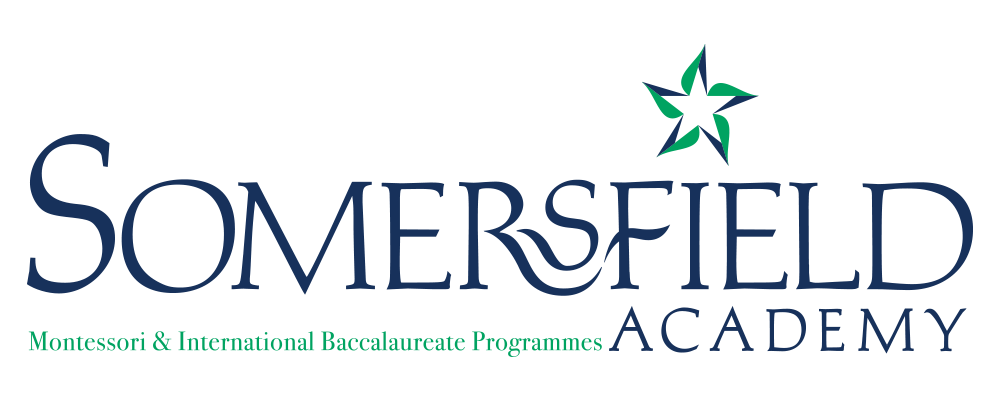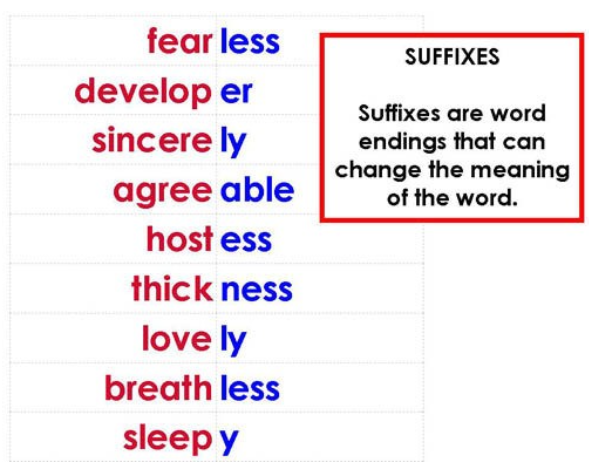The Montessori Approach to The Language Arts: Phonics & Word Study
Phonics in Lower Primary
Phonics involves learning the relationship between letter symbols and sounds. English is a challenging language because many letters and letter combinations make different sounds. In the 6-9 level students review letter sounds learned in the 3-6 program and are introduced to more complex phonetic elements.
Each classroom is equipped with color-coded Montessori word boxes. These boxes present phonetic elements in a systematic and sequential order. Each box contains word labels with corresponding pictures. Students practice decoding words by reading each word label and matching it to the picture. Next, students build the words using the moveable alphabet. This process allows students to practice identifying the individual sounds that make up each word. As students work through the word boxes they are exposed to concepts such as: long and short vowels, beginning and ending blends and silent letters.
Word Study in Lower Primary
Recognition of word parts is one of the best ways to learn to spell correctly. Word study activities help students appreciate where the English language has derived from. It also helps them become more knowledgeable in dissecting words and their parts. It is possible to divide most words in the English language into words parts and through the Montessori Word Study exercises, children will be introduced to:
Syllables
Roots of words
Suffixes
Prefixes
Compound Words
Synonyms
Antonyms
Homonyms, Homophones and Homographs
Word Families
The learning outcomes of word study provide practice with the formation of words, impart a sense of the history and evolution of words through similar origins, and offer opportunities for understanding the differences in the meaning and function of words. These outcomes aim to help the child develop a rich vocabulary and a curiosity for nuance, giving them tools to develop skills in eloquent self-expression. Additionally, they focus on practicing correct spelling.


